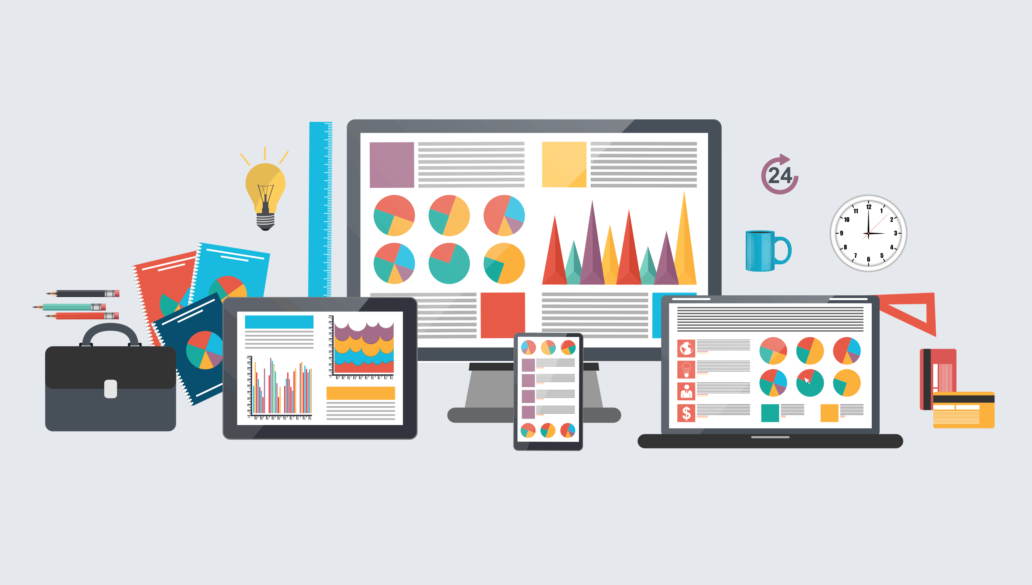Shopify recently published an excellent guide looking at the most important website metrics that your business should track.
A great article from industry veteran Paul Boag, that covers a lot of high-level metrics that will give you a really good read on your business and also prompt some great thinking.
It got us thinking about the questions we often hear from new clients, so we thought this was a great opportunity to look at the key metrics that drive the trading pulse of a high-growth ecommerce business.
The basics
Start by getting the basics right, as there are some real fundamental stats you must have a grip on to get a simple read on your ecommerce business.
In ecommerce, there are only three basic variables that you need to track when it comes to growing your business.
- Traffic
- Conversion rate
- Average basket value
Whoa…. what about orders and revenue? This may sound odd, but bear with us here and all will make sense.
The three most fundamental and important metrics to ecommerce are traffic, conversion rate (how much of your traffic places an order) and average basket value (how much the average customer spends). These are the things you can directly influence and shape.
But what about the number of orders and total revenue? Well, of course, these are important, but you can’t influence them directly – they are simply outputs of the three basic measures above.
- Orders = traffic x conversion rate. You can’t create more orders, but you can create more traffic and you can increase your conversion rate.
- Revenue = traffic x conversion rate x average basket value. You can’t create more cash! But you can create more traffic, you can increase your conversion rate and you can convince your customers to spend more each time.
Now we’re not suggesting that revenue doesn’t matter as a metric (it is arguably the second most important, next to profit) but what we’re saying here is that you can’t control it directly and that by breaking it out into its component parts, you are going to get a much better read on your business and be in a better position to deliver growth.
The mysterious profit KPI
Perhaps for good reasons most analytical tools don’t give you the capability to track product profitability natively. Google Analytics can do it with workarounds and Shopify only recently introduced the ability to track product costs in their platform.
In almost every online guide we’ve read about ecommerce KPIs, profit is the least mentioned but perhaps the most important.
Growth is good, but growth at all costs isn’t, and keeping a keen eye on profitability is critical. After all, turnover is vanity and profit is sanity (we had to get that old adage in somewhere).
So, what KPIs could you be tracking to better understand your profitability:
- Profit – cold hard profit in £.
- Bought in Margin (BIM) – the % profit you would have achieved if the product was sold at full price.
- Net Achieved Margin (NAM) – the % profit margin you actually achieved when you sold the item. It’s important to track these two separately so you can further evaluate full price sales Vs discount-driven sales to understand what is driving your top line.
- Unprofitable order mix – you’ll always have some unprofitable orders in there, but understanding these will help you understand why and help you manage them. A simple percentage KPI here does the job.
The influencer KPIs
Not all KPIs are created equal. So far we’ve looked at the business level KPIs and the real nuts and bolts, but now it’s time to go a little bit deeper and look at what we call the influencer KPIs – those that shape and come together to change the overall picture.
- PLP view rate – Product list pages (PLPs) are also known as category pages or department pages. These are the pages on your site where you display your products and are an early driver of the purchase funnel. Tracking the percentage of your visits that contain a visit to a PLP will give you an indication of how many people are at the earliest part of their shopping journey. Seeing this number dip, typically indicates lower sales coming through downstream.
- PLP click-through rate – Tracking the click-through rate from a PLP to a Product Detail Page (PDP) is another great influencer KPI. This gives you a good indication of the number of people browsing in an early part of the purchase funnel that are starting to progress. Increasing this metric by working on relevancy, urgency or social proofing (for example) will typically drive further downstream purchasing behaviour. A dip in this number is a clear warning sign that something has changed in the customer’s mind or on your PLPs themselves.
- PDP view rate – Similar to the PLP view rate, this gives you an indication of the number of visits that result in a view of a product page. This is a very different metric to PLP Click Through Rate, as this metric looks at all views of product pages regardless of how the customer got there. A declining PLP view rate should give cause for concern.
- Add to basket rate – Tracking the percentage of users who click the add to basket button on a PDP gives you a really good feel for where your conversion rate is coming from. By clicking this button your customer is saying “I think I want this item” and this gives you so much insight if tracked correctly. Once the customer has added an item to their basket, the only blocker between them and an order is your checkout and a checkouts conversion rate typically remains relatively stable and constant – unless you change your checkout, of course. This is your best upstream metric if you are looking to understand your overall conversion rate earlier in the journey.
Make each of these metrics a board level KPI in your business as these are the ones that are really shaping it and, more importantly, ones that you can really start to influence.
Once you’ve got to grips with these, start segmenting them and things will get really interesting. What’s you PLP view rate by traffic channel? What’s your add to basket rate by product category? What’s your PLP click-through rate for each product slot on your PLP, and by category? This gets really powerful if you’re looking to supercharge your growth.
The operation shapers
So far we’ve looked a lot at the revenue drivers, but there is another group of KPIs that will typically have a cost impact in your business particularly in the distribution of your products to customers.
- Items per order (IPO) – Tracking how many items you have per order will give you an indication of how many picks your distribution centre team has to do to get each order out to customers. Typically, the higher this number the more work your pickers have to do, the more time it takes them and the more it costs you. A high IPO on its own isn’t a bad thing and this isn’t a metric to track in isolation.
- Average selling price (ASP) – How much each of your items is selling for is another consideration when thinking about the operational costs of your business. You are likely to have a fixed cost to pick an item and ship it from your distribution centre regardless of whether you’re selling an item for 10p or £100. A low or declining ASP is one to watch when considering your operational overhead.
Neither of these two metrics in isolation is overly powerful, but when combined and put alongside profitability data they give you a good grasp on where your ecommerce order profile may be having a knock-on effect on your operational efficiency and profitability. Look for high ASP, low IPO orders for good operational efficiency and be wary of the low ASP, high IPO orders.
Time to get a grip?
If you’re battling with your KPIs, and don’t know your ABVs from your IPOs, we can help. We’ve created a free Google Data Studio dashboard that will give you the KPIs above, and more, at the touch of a button for your business. Simply drop us a line, and we’ll set you up with access.

